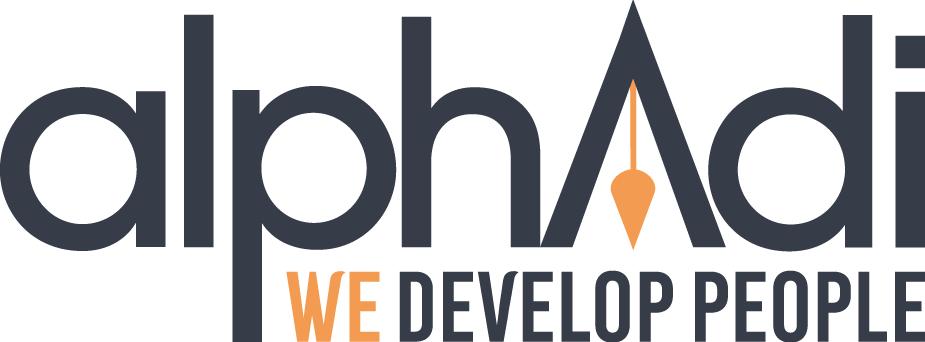The smart factory is a vision where production facilities and systems can self-organize without human intervention. They must communicate using a common language. The concept of continuous improvement (KVP) should also be applied in this factory. Cyber-physical systems (CPS) play a crucial role in this. CPS involves the integration of mechanics and IT to control complex components. Information exchange occurs in real-time. A smart product contains its own experiential data during production and can store and communicate this data in real-time. This requires a certain level of intelligence in the components. Rapid reconfiguration and platform-independent standards must be in place.
Category: Glossar – Englisch
SIPOC
The SIPOC Diagram is a classic tool used in the Six Sigma Define phase to delineate the process steps where the causes of the problem are suspected.
Sigma Shift
The 1.5 Sigma Shift is a rule of thumb from Six Sigma that helps to extrapolate forecasts from short-term process capability to expected long-term process capability.
Sigma Level
The Sigma Level is a widely used metric in Six Sigma, also known as Z-Level or Z-Score. It is used to assess process capability and indicates expected defect rates and areas for improvement. The Sigma Level represents the number of standard deviations a process can fit between the process mean and the tolerance limits, assuming all tolerance violations are one-sided. It is derived from calculating the Z-value, which indicates the distance of the process mean of normally distributed process outputs from a given tolerance limit, and by determining the proportions of under- and over-shoots using the Z-value table.
Shopfloor Management (SFM)
Shopfloor Management comes from Lean Management. “Shopfloor” refers to the “shop floor,” which is the place where activities take place in manufacturing. Through better collaboration between employees and management, the process is continuously improved. SFM is thus an enhancement at the strategic level, as it optimizes process efficiency to achieve business goals. Shopfloor Management not only considers production but also all related areas within the company. Shopfloor Management is a methodology or system designed to identify goals and deviations in daily operations, discuss them together, and agree on necessary actions. It is important to work not just with the principle of “Who and by when,” but to focus more on “Why” and “How.”
Role Allocation (LSS)
Role Allocation in Lean Six Sigma and the assignment of responsibilities for specific tasks are among the most critical success factors in Lean Six Sigma.
Project Success:
The success of the project is borne by the Sponsor, ensuring that the Green/Black Belt receives full management support.
Personnel Training:
Training for Green and Black Belts should be conducted by experienced trainers. Internal personnel usually have less experience and time.
Replenishment Pull Systems
There are various types of pull systems. We differentiate them based on objectives into Replenishment, Generic, and Kanban. Other types include sequential pull systems and/or combinations thereof. When our primary goal with a Replenishment Pull System is to reduce delivery time, we place the inventory at a location where the customer is (theoretically) satisfied with the delivery time. We then assess the feasibility of the product or service through a simulation using real historical and future data. The challenge lies in identifying the fast-moving products. There are different strategies for determining these, such as sales, variation, and market. When selecting products for the pull inventory, all products are evaluated using the same strategy. We recommend choosing the “Variation” strategy, as it is also straightforward to calculate using statistics. The challenge is determining how to identify fast-moving products. Various strategies exist for this purpose (sales, variation, market). When selecting products for the pull inventory, all products should be assessed using the same strategy. We recommend the “Variation” strategy, as it simplifies calculations using statistical methods.
RCA
The quality management tool, Root Cause Analysis (RCA), is used to identify and reconstruct problems and their causes, understanding how and why they occur. The goal is to prevent future occurrences by implementing countermeasures. This is a structured approach to identifying the root causes, contributing to continuous improvement. In addition to gathering information, Casual Factor Charting is conducted to develop event-specific cause-and-effect relationships. All factors gathered during the analysis are incorporated into a Root Cause Map, which serves as the basis for developing countermeasures.
RACI
With the help of the RACI Matrix, also known as the RACI Chart, key roles and responsibilities related to processes or individual tasks can be mapped transparently and systematically in project management. The acronym consists of four possible roles. “Responsible” refers to the person responsible for carrying out a task, who receives instructions from the person legally accountable; this person is “Accountable” for a specific process step. Experts who should be consulted for advice on important decisions are listed under “Consulted.” Those in the “Informed” category simply need to be kept updated, such as when changes occur.
Quality Officer
Quality management systems (e.g., DIN EN ISO 9001) are subject to constant changes. This poses risks for companies, as failing to meet the standards can decrease competitiveness. In addition to ISO 9001, there are also industry-specific standards in fields such as automotive, food, and medical technology, which demand efficient processes. As a Quality Officer, you hold a key position, constantly improving the Quality Management System (QMS), engaging with customers and suppliers, and increasing quality awareness among all employees. This QO seminar prepares you for the accredited exam to become an internationally recognized Quality Officer (QO).

